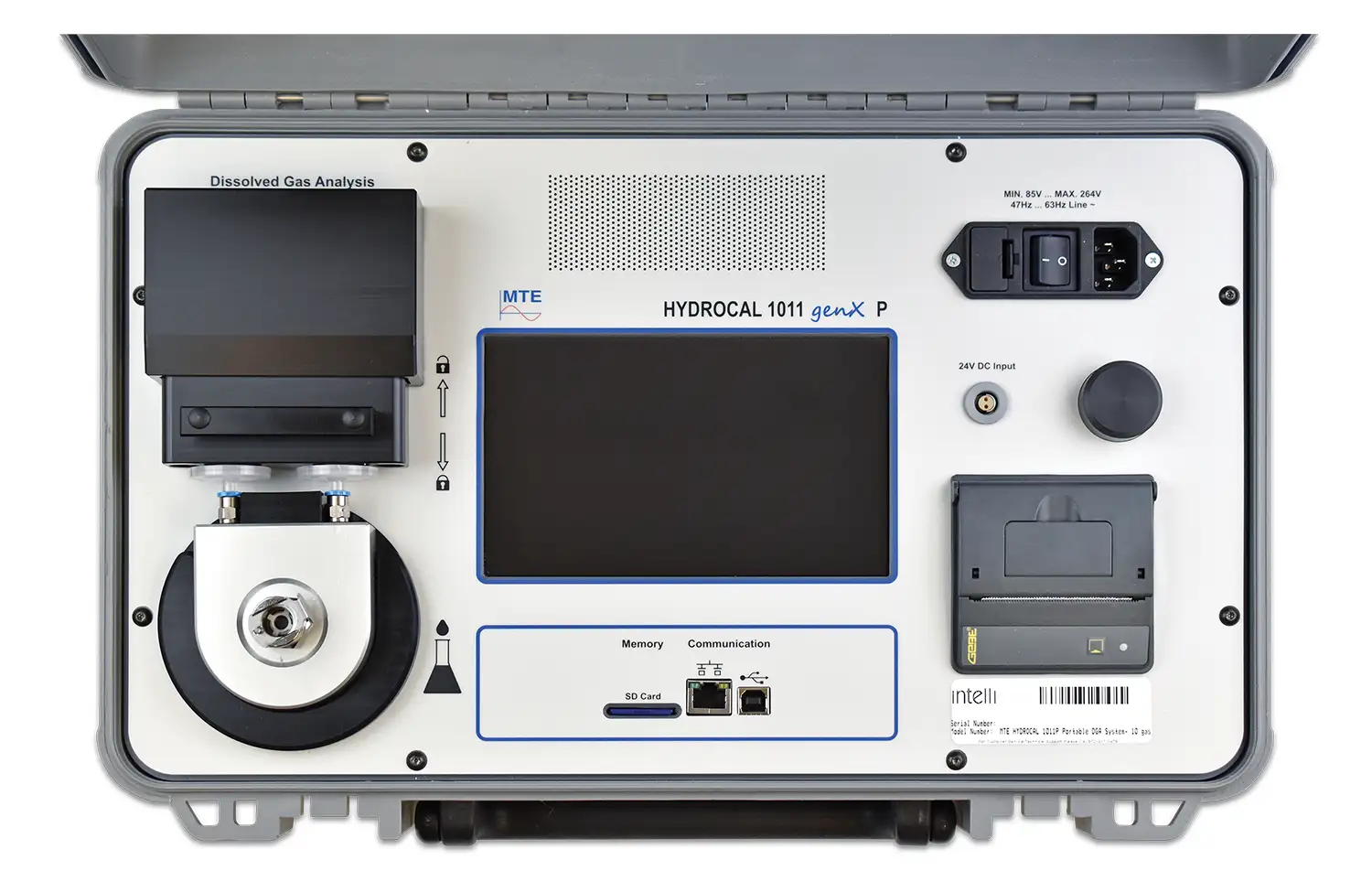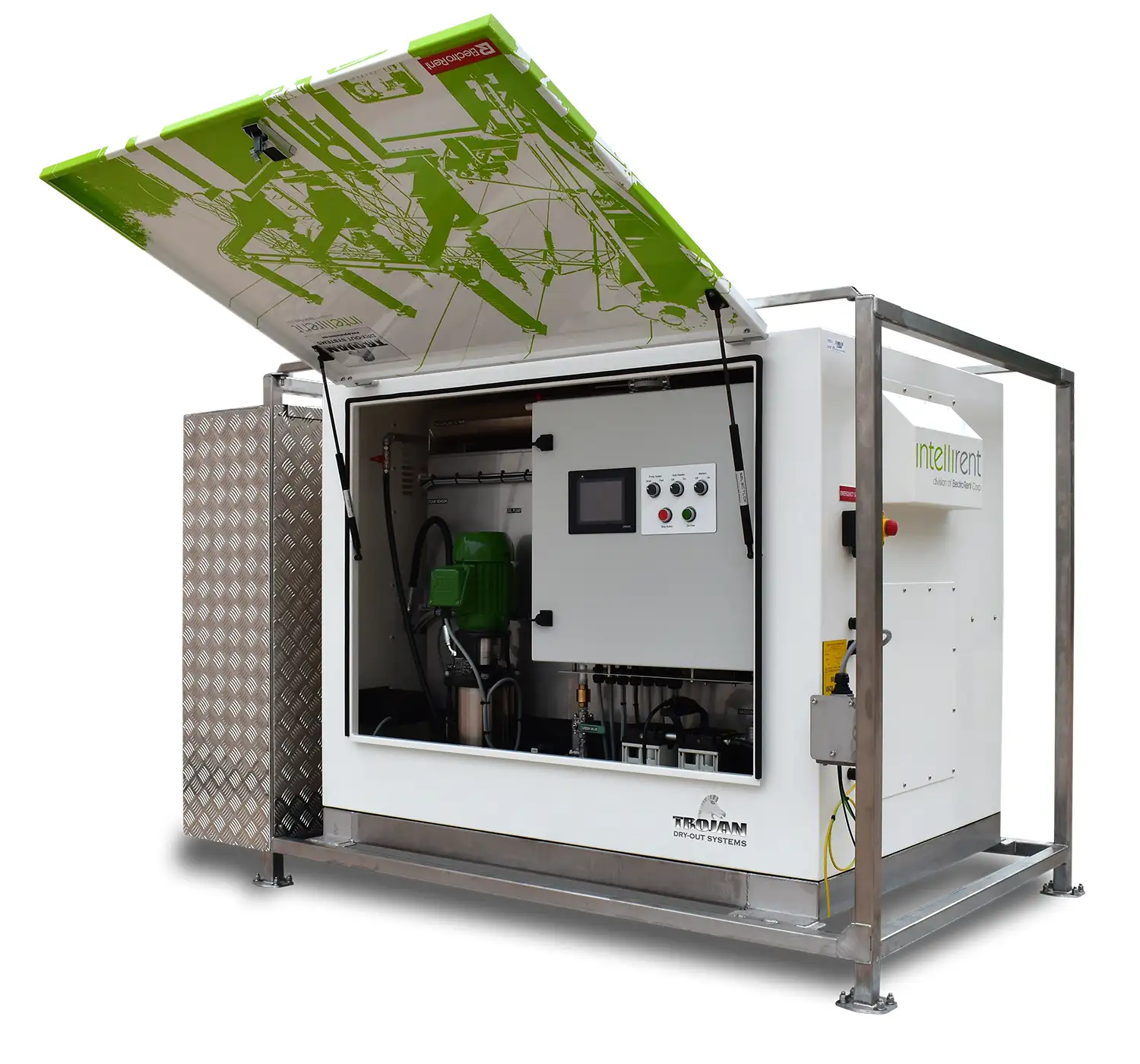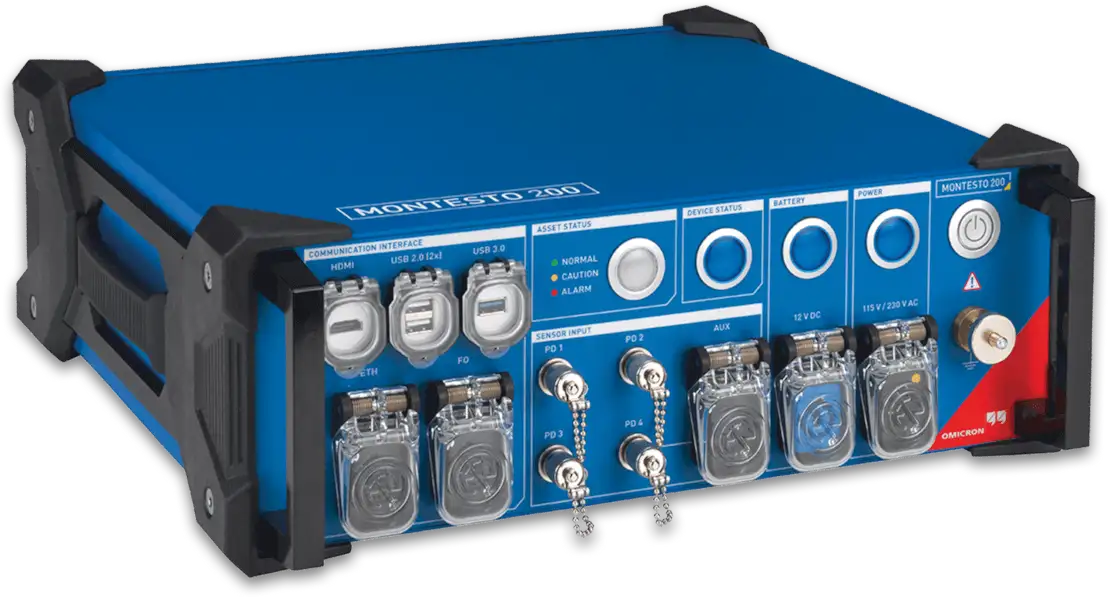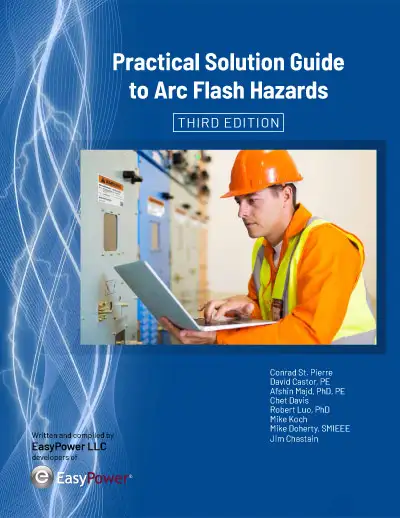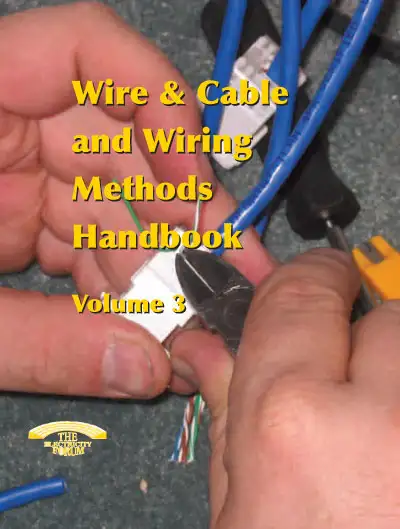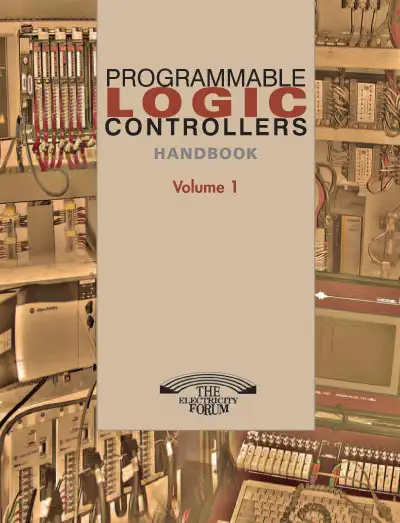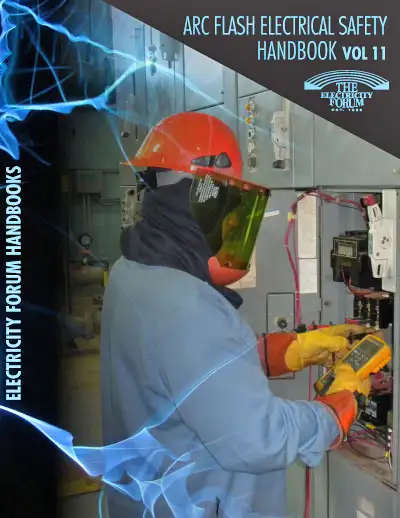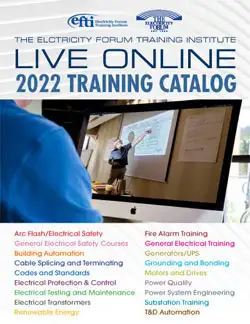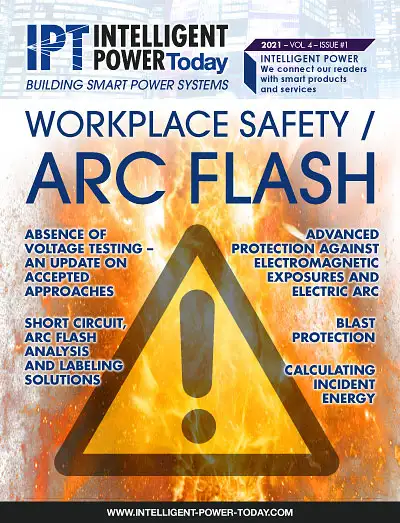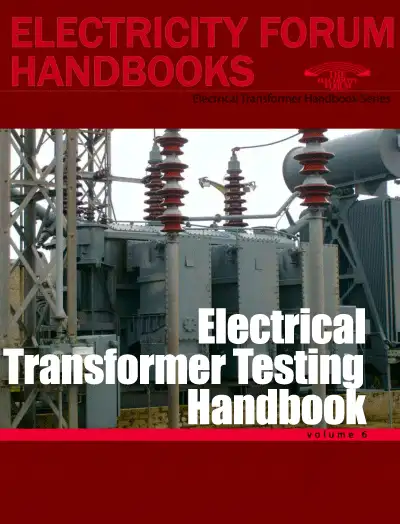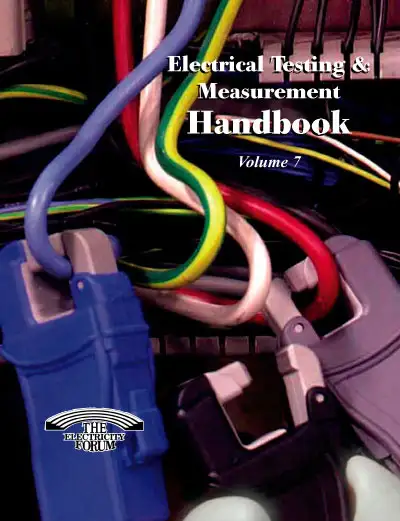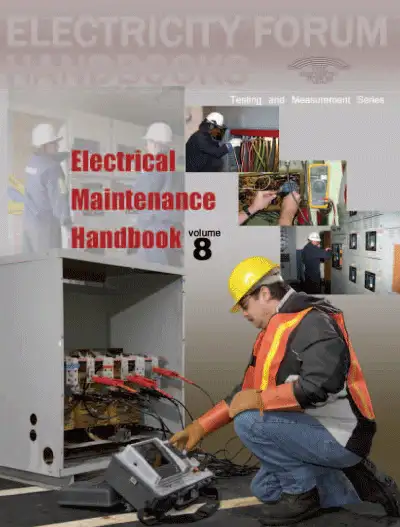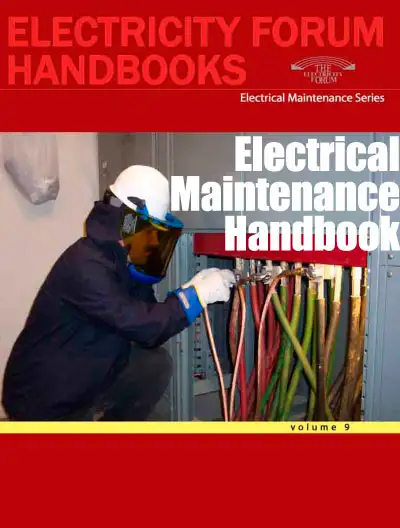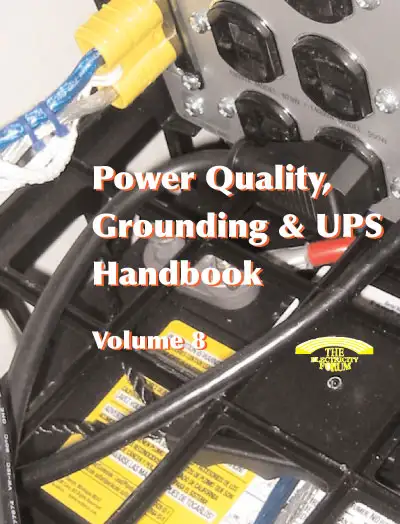How To Perform An Arc Flash Study Explained
How To Perform An Arc Flash Study
An Arc Flash Study is performed to calculate the incident energy levels contained in energized electrical equipment and then to determine how much of that energy employees will be exposed to while working in proximity to that equipment.
#1 Starting Too Large
Generally, beginners in arc flash modeling and analysis tend to be in a hurry. Many try to draw the complete one-line diagram only to find that some important data was not entered on many of the elements or worse was not even collected by the data collection team. Attempting to start short circuit analysis without entering all the required data only exacerbates the situation because the first attempt at analysis generates a long list of errors.
It is best to start with a very small representative one-line that includes a minimum set of system elements. This allows you to verify that the requisite data is adequate to produce the expected results and to generate the correct label contents. This approach also helps develop a solid understanding of the mechanics of the program and an awareness of the different variables that influence the calculations.
#2 Improper System Modeling
The message, “No Valid Device Found” is a frequently seen when a protective device that should be limiting the arc time during a fault is missing. In these cases, try inserting a fuse in the location of the utility cutout switch. With this one simple addition to the one line, virtually every bus in the system will reflect an incident energy if properly connected in the system. This also emphasizes the common error that data for the protective devices in the system has not been properly completed. In EasyPower, this means the data dialog box of the protective device should have entries on at least three tabs, including the Phase Trip tab.
#3 "No, 208V AC buses should not see 175 cal/cm2 (fed by 125kVA or less). "
When the project manager saw this label as part of a preliminary arc flash report from his consultant, he called to ask if this is something he should expect to see on a 208V bus. A quick check of the one-line showed the upstream transformer was rated at less than 125 kVA, so the answer is a definite, “No!”
Creating a TCC plot for the MCCB upstream of the transformer quickly revealed the adjustable instantaneous trip setting on the MCCB was misadjusted since the calculated arcing current fell directly on the vertical band of the TCC plot. A small readjustment to the trip setting repositioned the instantaneous set point and lowered the incident energy to a respectable 0.4 cal/cm2.
#4 “Not all buses are created equal.”
The IEEE 399 (Brown Book) specifies that a short circuit study should determine worst case fault current and be compared with the withstand ratings of each system element. As the one-line diagram is constructed, the capacity rating and withstand rating of each bus should be part of the required data. These ratings may vary from panel to MCC to switchgear. In addition, type of bus determines the dimension of the air gap used in the arc flash model as described by the NEMA designation and set up in the device library. Consequently, accurate assignment of the type of each bus improves the results of the overall study.
#5 Infinite Utility Data is Not the Conservative Approach
Aside from the system transformer, the utility data is one of the more important sets of parameters required to complete the one-line model. The default utility in EasyPower includes figures that represent an infinite source. While this permits calculations to be completed, the results may reflect device trips that are faster than are actual. Every effort should be made to retrieve this data from the local utility company. When all else fails, some reference material can assist in estimating a realistic set of parameters if the data is not available from the local source.
#6 Incorrect Working Distance
A high percentage of arc flash studies seem to stay with the default working distance for arc flash calculations. When conducting a study for clients, it may be that consulting firms interact more frequently with factory management, but most electrical work is conducted by maintenance staff or even contract electricians. The people with intimate knowledge of the procedures and details of the manufacturers’ recommended maintenance should be consulted during data collection. Often, including the local hands-on team in the conversation ensures a better understanding of the hazards involved and results in a shared ownership of the safety standards that are developed.
#7 Misapplication of the 2-Second Rule
There are 13 words that often seem to be overlooked when a study has set the maximum time for calculating arcing time for the whole plant to 2 seconds. Embedded in the last paragraph of NFPA 70E, D.4.3 you will find, “Sound engineering judgment should be used in applying the 2-second maximum clearing time…” If a system can release enough explosive energy to physically eject me from the vicinity, I most certainly want to ensure the PPE will protect me for the duration of my flight. I strongly resist the temptation to limit energy calculations for any system 480 volts or higher based on how easy it is to move back from the panel.
#8 “Our system has not changed, just recalculate the study and put up new labels”
“Don’t bother collecting data, nothing has changed.” Does that mean no fuses were replaced? No relays or breakers were tweaked during an off shift to keep equipment running? Even if there were no substantial system changes, are you sure the utility substation did not change or that no other facilities were built in the area? The 5-year update is not an invitation for a rubber stamp. It is a time to review both the system and safety procedures. Are we interested in improving the worker safety in our plant or do we just want to get another report set up on the shelf?
#9 Labels still have “Hazardous Risk Category” (HRC)
With the release of NFPA 70E-2015, we can no longer refer to HRC or put the HRC # on arc flash hazard labels when the incident energy and working distance has been calculated for the bus. So, the question follows, “If my labels still have HRC and I completed the study in 2014, does that mean my study is non-compliant?”
In as much as a label by itself does not mean the study was accurate, just because the label is non-compliant does not mean the study is non-compliant (as long as no system changes have occurred since the study was completed). It does mean the labels need to be changed.
“But I cannot change the label right away. What should I do?”
Simple. TRAIN your personnel to understand the changes in NFPA 70 and why the standard has changed. Explain how the changes affect your operation; that new labels will be changed out as time permits; and most of all, ensure all qualified workers can identify PPE requirements in terms of cal/cm2 and how to confirm the PPE they select meets the PPE requirements in terms of cal/cm2.
#10 Main Breaker ‘Excluded’ in Panel
If there is not a flash barrier between the incoming conductors to the main breaker in a panel and the main bus of that panel, then the main breaker may not be used to calculate incident energy for the main bus. The explosion during an arc flash event is caused by the rapid expansion in volume of the material (copper, aluminum, etc.) which is consumed from the heat generated by the plasma ball of the arcing event. If an arc is initiated between the bare conductors of the incoming cables to the main breaker of a panel and the resulting plasma ball extends so far that the main bus bars are involved, the result may mean the arc breaches the main breaker, rendering it useless to quench the arc. Consequently, the properties of the main trip device may not be used and the next upstream tripping device must be used to calculate the incident energy of the panel. This is another example of information that must be determined during data collection. The solution should not just be limited to procuring PPE with a higher calorie rating. The potential to move the protective device (fuse or breaker) to a location outside the panel for better isolation merits consideration.
Visit our Arc Flash Analysis Course Outline
https://electricityforum.com/electrical-training/arc-flash-analysis-training
Source: EasyPower
On-Site Training
Interested in cost effective, professional on-site electrical training?
We can present an Electrical Training Course to your electrical engineering and maintenance staff, on your premises, tailored to your specific equipment and requirements. Click on the link below to request a Free quotation.
EF PARTNER MEDIA
Product Showcases
Shared Media



